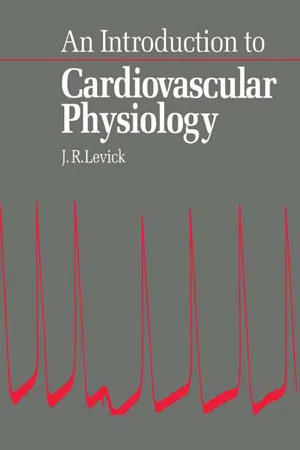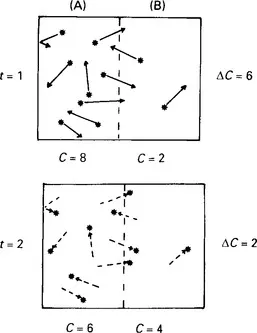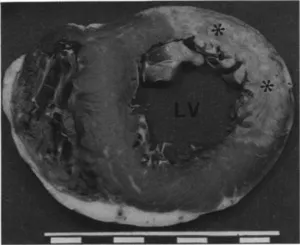
- 288 pages
- English
- ePUB (mobile friendly)
- Available on iOS & Android
An Introduction to Cardiovascular Physiology
About this book
An Introduction to Cardiovascular Physiology is designed primarily for students of medicine and physiology. This introductory text is mostly didactic in teaching style and it attempts to show that knowledge of the circulatory system is derived from experimental observations. This book is organized into 15 chapters. The chapters provide a fuller account of microvascular physiology to reflect the explosion of microvascular research and include a discussion of the fundamental function of the cardiovascular system involving the transfer of nutrients from plasma to the tissue. They also cover major advances in cardiovascular physiology including biochemical events underlying Starling's law of the heart, nonadrenergic, non-cholinergic neurotransmission, the discovery of new vasoactive substances produced by endothelium and the novel concepts on the organization of the central nervous control of the circulation. This book is intended to medicine and physiology students.
Frequently asked questions
- Essential is ideal for learners and professionals who enjoy exploring a wide range of subjects. Access the Essential Library with 800,000+ trusted titles and best-sellers across business, personal growth, and the humanities. Includes unlimited reading time and Standard Read Aloud voice.
- Complete: Perfect for advanced learners and researchers needing full, unrestricted access. Unlock 1.4M+ books across hundreds of subjects, including academic and specialized titles. The Complete Plan also includes advanced features like Premium Read Aloud and Research Assistant.
Please note we cannot support devices running on iOS 13 and Android 7 or earlier. Learn more about using the app.
Information
Overview of the cardiovascular system
Publisher Summary
1.1 Diffusion: its virtues and limitations
The ‘drunkard’s walk’ theory

The importance of diffusion distance

| Distance(x) | Time(t)* | Comparable distance in vivo |
| 0.1 μm | 0.000005 s | Neuromuscular gap |
| 1.0 μm | 0.0005 s | Capillary wall |
| 10.0 μm | 0.05 s | Cell to capillary |
| 1 mm | 9.26 min | Skin, artery wall |
| 1 cm | 15.4 h | Ventricle wall |

Convection for fast long-distance transport

Table of contents
- Cover image
- Title page
- Table of Contents
- Copyright
- Preface
- Chapter 1: Overview of the cardiovascular system
- Chapter 2: Cardiac cycle
- Chapter 3: Cardiac excitation and contraction
- Chapter 4: Electrocardiography
- Chapter 5: Assessment of cardiac output
- Chapter 6: Control of stroke volume and cardiac output
- Chapter 7: Haemodynamics: pressure, flow and resistance
- Chapter 8: Solute transport between blood and tissue
- Chapter 9: Circulation of fluid between plasma, interstitium and lymph
- Chapter 10: Vascular smooth muscle
- Chapter 11: Control of blood vessels
- Chapter 12: Specialization in individual circulations
- Chapter 13: Cardiovascular receptors, reflexes and central control
- Chapter 14: Coordinated cardiovascular responses
- Chapter 15: Cardiovascular responses in pathological situations
- Technical appendix
- Index